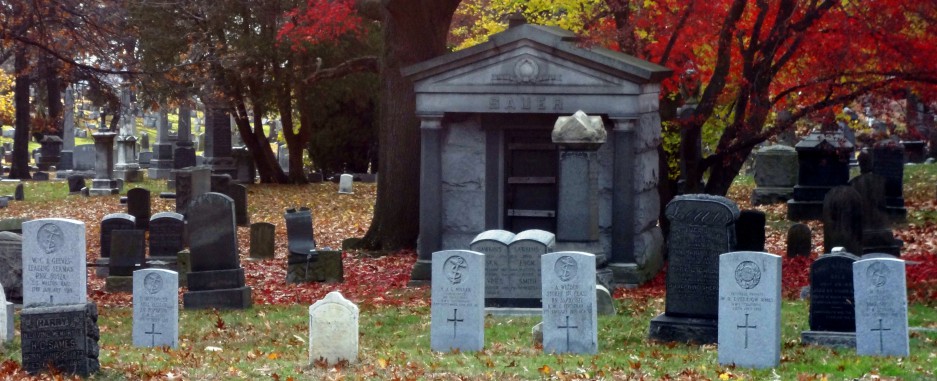This is part of a series of essays about the First World War casualties commemorated by the Commonwealth War Graves Commission in Vermont.
Corley Deferest Richardson was born on 16 March 1890 at Glen Sutton, Quebec, the third of the four sons of Wilber and Lydia Richardson.[1] His parents were both Canadian but were married in Richford, Vermont in 1881—the family lived at several places either side of the border and moved to East Richford in 1901. After leaving school Corley Richardson worked in the area as a labourer in a box factory, as a cook and as a mill hand.
He enlisted at Montreal on 8 September 1918 and joined the 1st Depot Battalion, 1st Quebec Regiment at Guy Street Barracks; he was allocated the number 3091376. After only three weeks in uniform, Richardson reported sick on 30 September complaining of dizziness and headaches. Admitted to the Khaki League Convalescent Hospital, he was diagnosed as suffering from influenza. His medical record states that on admission he ‘did not seem very ill’, but by 3 October he had a nasty cough and was suffering nose bleeds. On 6 October he was diagnosed with pneumonia and his record for 11 October states that he ‘had a very bad night and died at 7.00a.m.’ His remains were returned home and he was buried in East Richford Cemetery with his parents.
Private C. D. Richardson is commemorated on page 491 of the Canadian First World War Book of Remembrance; that page is displayed on 17 and 18 October. He did not earn any medals for his brief war service. His memorial plaque and scroll were sent to his brother Walter in 1921. With no female relatives, a Memorial Cross was not issued.



1. (Back) Wilber Benjamin Richardson (13 June 1857-1 June 1918) married Lydia Almyra Brown (21 February 1861-11 May 1911) at Richford, Vermont on 4 June 1881: Walter Herman (10 January 1882-NK); Charles Wallace (1884-24 August 1888); Percy Wilber (12 June 1897-8 March 1873).











